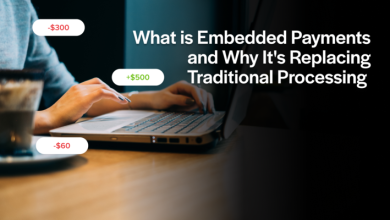
With the widespread awareness of AI applications worldwide, it’s no surprise large language models (LLMs) have become the focal point of most AI discussions. This is no different in the banking and finance industry, as most discussions and developments tend to focus on LLM applications for things like customer service or information extraction.
But what about the possibilities of using deep learning for quantitative finance applications?
Deep Learning Performs
It’s no secret that deep neural networks (DNNs) outperform traditional machine learning models because they can learn to featurize the inputs on their own – in other words, transform the inputs into more and more abstract representations, a form of information compression, until the original problem becomes easy. As an example in the financial industry, for corporate bonds, it’s already been shown that deep learning can outperform many traditional models.
An “Open AI Moment”
The financial industry is overdue to have its “Open AI” moment, a moment that gets a lot of attention both in and outside the financial industry for an AI breakthrough. One hypothetical is that a company will figure out how to create a model trained on a set of financial event data from some asset classes and be able to extrapolate to new asset classes and new scenarios. In other words, a model which is more accurate at predicting financial events for a particular asset class after having been trained on multiple asset classes – rather than a model which was only trained on that specific asset class as is typically done today (but without deep learning).
The finance industry, however, is missing out by not exploring more how deep learning can be used, as many quantitative analysts (quants) in industry believe that it is somehow not an appropriate tool for quantitative finance. So why do quants seem to cling to more traditional LLM methods like an iron fist?
Black Boxes and Decision Trees
Unlike other verticals, the banking industry is a highly regulated one, which leaves some to worry that deep learning models are black boxes that are hard to explain why exactly the model outputs a particular result. The irony is that the entities most entrusted with pricing and execution decisions for big market trading are rooted in neural networks composed of 10-100 trillion synapses – the human brain. The ultimate black box!! Even traditional black boxes aren’t easy to explain, such as why a decision tree has particular branches, why the team got the result it did, etc. as most developers know that changing a decision tree manually (based on one bad outcome) would likely make the tree less accurate in the future.
Fortunately there are many methods for explaining the outputs of neural networks, such as SHAP values, LIME, etc., and for financial asset prices, the key is to explain the change in the output of the model by the changes in the inputs to the model. Hence, we can reveal the top changes in the inputs to the model that caused the change in the output price.
Inroads for Deep Learning
As deep learning makes more inroads in finance, we can hope that investors and financial industry leaders jump on this AI bandwagon a little more to make Wall Street just as efficient and intelligent as main street is becoming. Every time the federal reserve makes an announcement, we shouldn’t be busting our brains to manually reprice everything every minute, as instead the industry should look to AI to assist with the tedious tasks, while we work at a higher, more human, and ultimately more functional level of steering the ship instead of swabbing the decks.
Nathaniel Powell is the CEO and founder of Deep MM, an AI-powered credit trading solution providing the most accurate U.S. corporate bond pricing to the private credit market.





